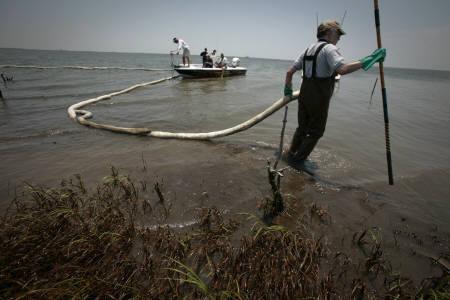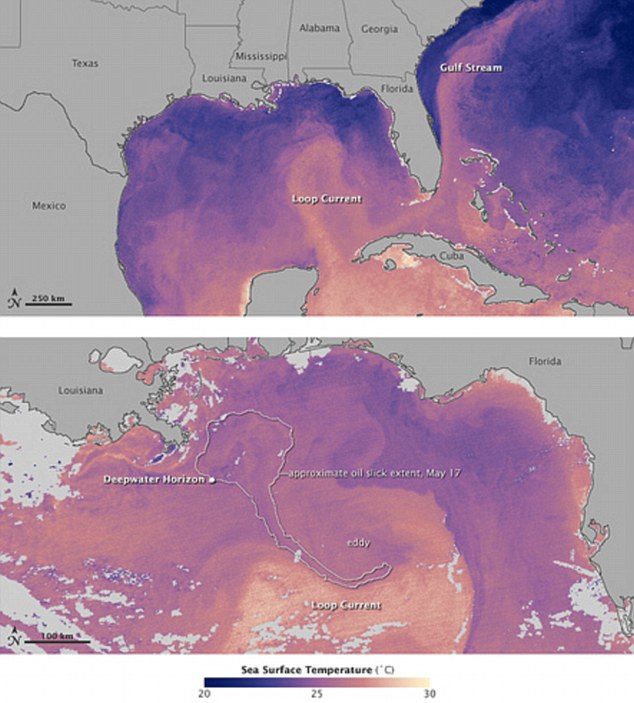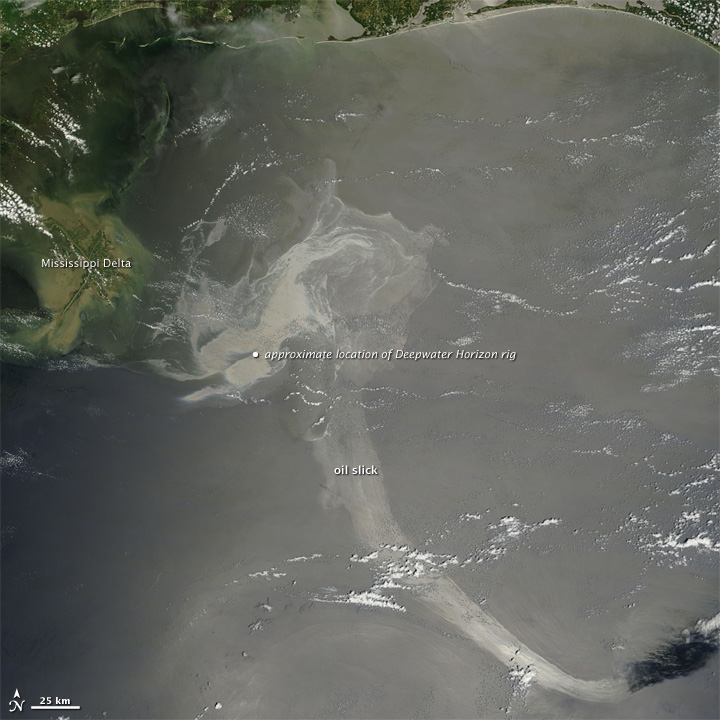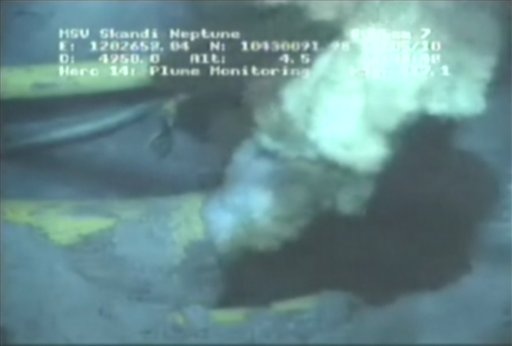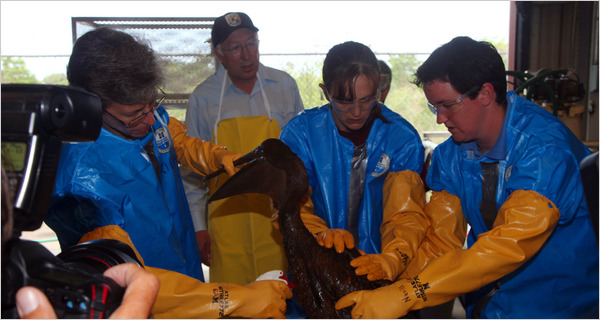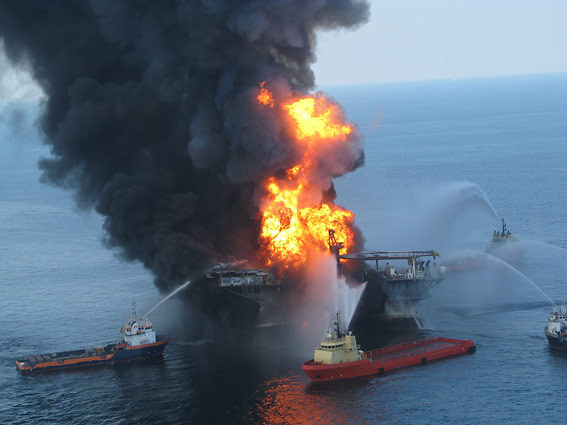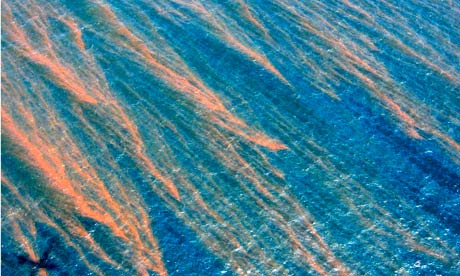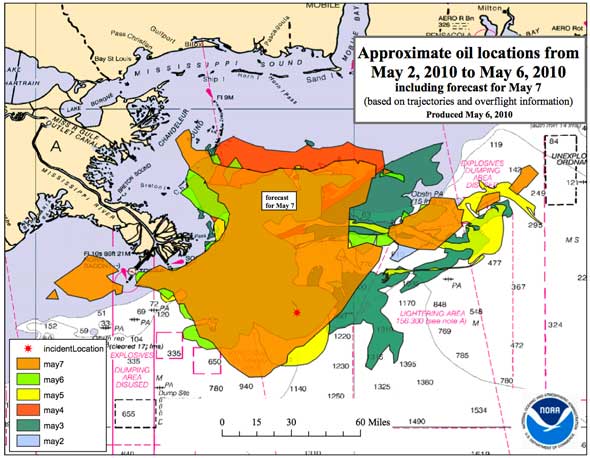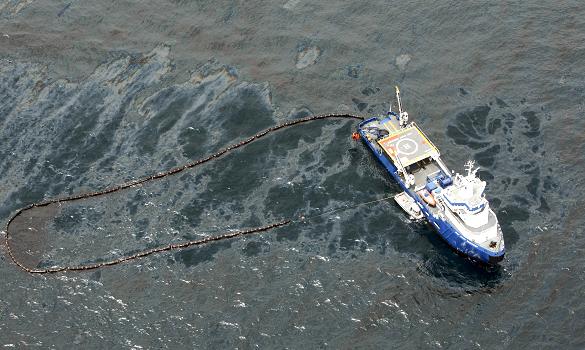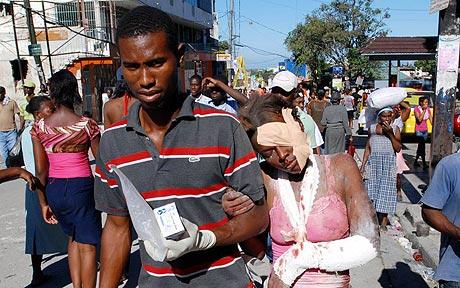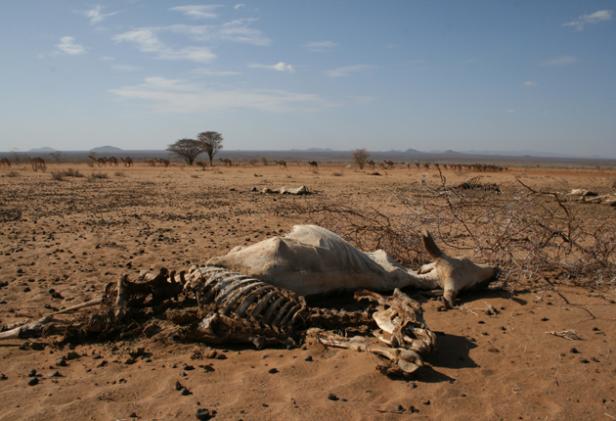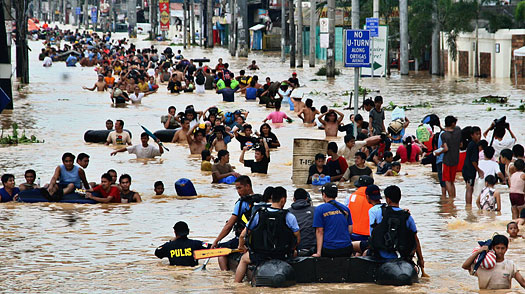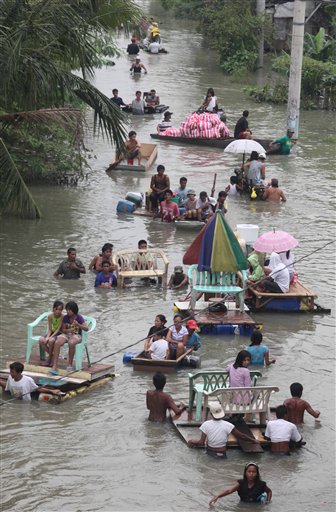– Struggle to Bring Relief Continues in Haiti (New York Times):
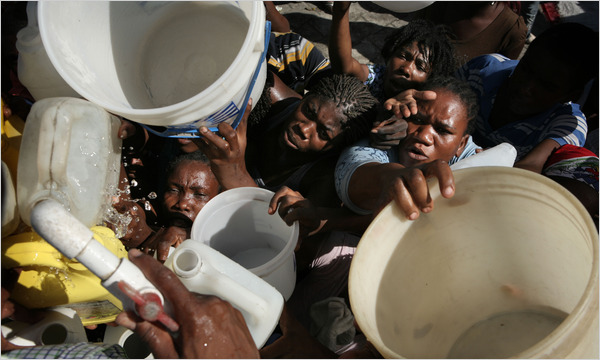
An off-duty police officer brought water to distribute to a large crowd near the airport on Friday. Cargo planes and military helicopters swooped in and out of the crowded airport in Port-au-Prince, and hundreds of American troops were arriving, with more on the way.
– US sending up to 10,000 troops to earthquake-hit Haiti
Preparedness is everything:
– 100 Items to Disappear First
– Rethinking Diversification (Catherine Austin Fitts was Assistant Secretary of Housing)
Food security collapses in Haiti as machete-wielding gangs fight in the streets

(NaturalNews) Overnight, Haiti has gone from an organized, civil nation to a scenario of total chaos with gangs running wild through the streets, ransacking shops and fighting over food with machetes.
Learning this, many an ignorant westerner might naively say, “That could only happen in Haiti. It’s because those people are so poor, so uncivilized. It could never happen here…”
Oh but it could.
Haiti isn’t so different from wherever you live — a city in America, Canada, Australia, the UK or anywhere else. Everywhere in the world, people will fight for survival when the situation becomes desperate. The only reason the streets in your town aren’t overrun with firearms and machetes right now is because food is plentiful. The electricity works. The water supply is functioning and police keep the relatively few criminals under control.
But wherever you live, your city is just one natural disaster away from total chaos. Hurricane Katrina proved it: Even in America, a civil, law-abiding city of people can be turned into looting, stealing and dangerously armed bands of gang-bangers.
And you know why? Because people aren’t prepared for disasters. Come to think of it, most people aren’t even prepared for a disruption in food and electricity lasting more than 48 hours. Almost nobody has spare food, water, emergency first aid supplies or the ability to physically defend themselves against aggressors. They are betting their lives on the bizarre idea that their government will save them if something goes wrong.
The people of Haiti are now learning what the people of New Orleans already know: Your government won’t save you. In a real crisis, you are on your own.
Law and order is a fragile thing
When disruptions occur — whether through natural disasters, radical weather events, war or civil unrest — governments and city police organizations can break down within hours. In Haiti right now, there is no government running anything. No police force. No authority. It’s every man (and woman) for himself. If you want to eat, you pick up a machete and fight for it.
It is a desperate situation.
This article isn’t really about Haiti, by the way. It’s about YOU and where YOU live. If a natural disaster struck your town tonight, would you be prepared?
Do you have the means to procure clean water if the water system breaks down? Do you have a way to provide shelter for yourself and your family if there’s no electricity or heating fuel available? Can you physical defend yourself and your family against aggressive marauders desperately searching for food? (Or do you have enough to share with them? If so, how will you share with the hundreds or thousands that follow in their footsteps?)
Read moreLesson from Haiti: In a real crisis, you are on your own; Preparedness is everything

